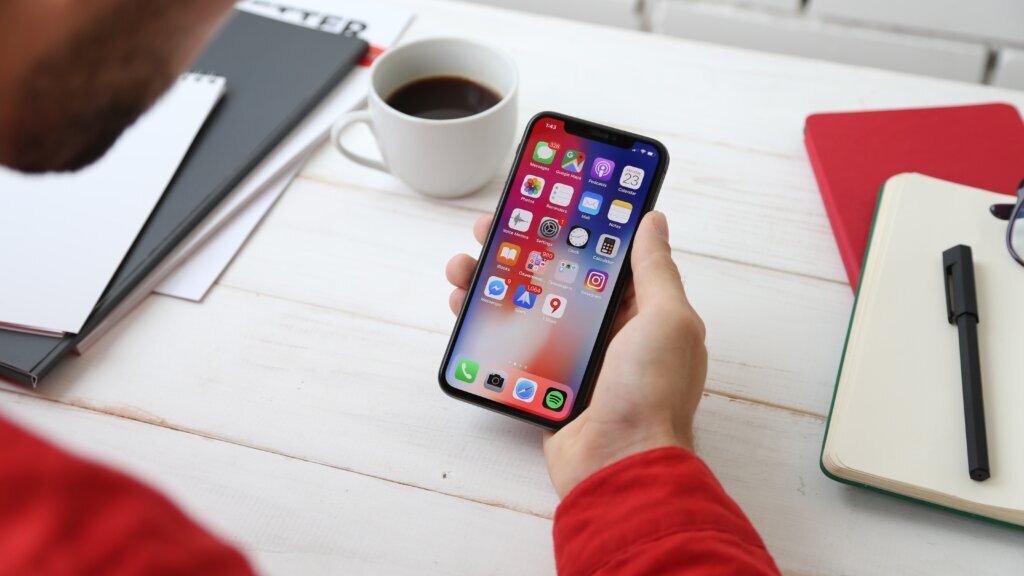
You have your app idea, and now you want to execute it. But without understanding the market for your product, the general level of interest, and the business model you will use to bring your ideas to life, chances of success are minimal. Read on for comprehensive six-step things to consider when making your app.
Market Research
You can get a very accurate idea of how to make a successful app by conducting thorough market research. Validate your app idea by taking a look at what sort of problems you aim to solve, and then discovering if the program you intend to offer facilitates that function.
It’s tempting to proceed as though the product you’re bringing to market will be universally loved by all. However, try not to make the perennial mistake of the new parent by assuming everyone thinks your baby is just as beautiful as you do.
You’ll be much better served to approach this preliminary stage with hard numbers. Gather as much information as you can about the performance and demand for existing apps to develop a good idea of what your product should attempt to accomplish. As you set out to perform your early work, remember that market research is multifaceted.
Gain familiarity with the competition, identify what they do well, and don’t so you can carve a unique niche for your own product. The more you know going in, the easier it will be to take a focused approach to the developmental process.
Research your Target Audience
On the consumer end of the spectrum, you need to understand what components customers most value when they make their decisions.
One way to do this is to create a customer journey map in which you ostensibly put yourself in the position of the average user making a purchase. The journey map lays out how many steps a user takes before finalizing their decision.
Of course, there are lots of analytic tools that can connect you with data, but the best way to get in the head of your buyers is to have conversations.
Conduct user interviews to find out what your customer’s problems are, then figure out how you can solve them. These interviews may be time-consuming (high-quality conversations easily lasting an hour) but when you sit down with the right people the information is well worth the time. Consider having multiple people in the room for note-taking or recording so that all of your new data is retained.
Choose Your Business Model
Once you’ve zeroed in on who will be using this app, it’s time to identify the business model best suited to your needs. This component follows directly from your market research, as well as from the vision you have for the final product.
For example, the “freemium” approach is a very common business model for app development. This model has apps launch for free, then feature microtransactions, as well as revenue generated by advertisements.
Other business models might utilize a subscription-based service for generating revenue. Conversely, you may also opt to adapt micro transactional system, similar to the freemium model.
Remember that a business model is essentially just a stated plan of how your product will create and deliver value to its potential customer base. Consequently, the copious notes and data accumulated in our previous suggestion will factor heavily in your ability to complete this step.
Find a Design and Development Team
All your ducks are in a line as far as pre-development is concerned. But before you can figure out how to make a successful app, you first need to assemble the perfect development team. Fortunately, it is easier than ever to find and collaborate with a development team. Typically it is easier to work with outsourcing teams than to have an in house group. Collaborative technologies like video chat and screen sharing make it easy to cherry-pick team members on a freelance basis from anywhere on the planet.
Outsourced teams enjoy several benefits over more traditional models. For one thing, there is no need to invest in expensive overhead or elaborate training. and the team members themselves are typically already prepared to perform with a smaller need for training.
Outsourcing companies allow you to quickly acquire a team. Short of this, you can always opt to hand-select professionals as it suits you.
Prepare and Design Your Prototype

In the prototype stage of app design, your mobile app begins its life on paper and then transitions to a rudimentary clickable product (the first stage of actually creating a real application). This phase of the process helps convert your ideas and notions for the app into a framework that your development team will be able to use to figure out how to make a successful app that suits your business.
You may begin by drafting sketches and creating structures that mimic the eventual interface of the app. Once this has been accomplished, you may proceed to build clickable products and skins that approximate the look fo the actual product. Once you have build a dependable prototype, you should then conduct usability testing with users to refine your ideas.
Finalize Technical Requirements
Now you have your team, and you know what the app is going to look like. All that’s left is to make sure that your team is working with a complete toolbox. This involves finalizing your tech stack and locking in the technical requirements that will help your team figure out how to make a successful app.
This factor will also contribute to the overall budget of your project. Remember that major companies tend to offer their programs along with heavy licensing fees that can substantially increase the final price of your project. Everyone’s needs will be a little bit different, so consider your options to ensure the most applicable solution possible.

Summary
App development is neither easy nor quick. Of course, you can make a bad app very quickly, but quality takes time. While the above-listed steps may be tempting to skip or skim through, preparation does have its rewards. Tsun Tzu said, “Victorious warriors win first and then go to war, while defeated warriors go to war first and then seek to win”. The same is true of app development.
The more productive research and work you are able to put in the beginning the more profitable your finished product will ultimately be.

